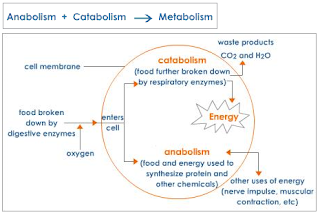Let us study 'what is living',
When we try to define ‘living’, we conventionally look for distinctive
characteristics exhibited by
living organisms. Growth, reproduction, ability
to sense environment and mount a suitable response come to our mind
immediately as unique features of living organisms. One can add a few
more features like metabolism, ability to self-replicate, self-organise,
interact and emergence to this list. Let us try to understand each of these.
All living organisms grow. Increase in mass and increase in number
of individuals are twin characteristics of growth. A multicellular organism
grows by cell division. In plants, this growth by cell division occurs
continuously throughout their
life span.
In animals, this growth is seen
only up to a certain age. However, cell division occurs in certain tissues to
replace lost cells. Unicellular organisms also grow by cell division. One
can easily observe this in in vitro cultures by simply counting the number
of cells under the microscope. In majority of higher animals and plants,
growth and reproduction are mutually exclusive events. One must
remember that increase in body mass is considered as growth. Non-living
objects also grow if we take increase in body mass as a criterion for growth.
Mountains, boulders and sand mounds do grow.
However, this kind of
growth exhibited by non-living objects is by accumulation of material on
the surface. In living organisms, growth is from inside. Growth, therefore,
cannot be taken as a defining property of living organisms. Conditions
under which it can be observed in all living organisms have to be explained
and then we understand that it is a characteristic of living systems. A
dead organism does not grow.
Hope the above explanation was helpful.

 Here, what is photosynthesis is described in brief.
Here, what is photosynthesis is described in brief.

